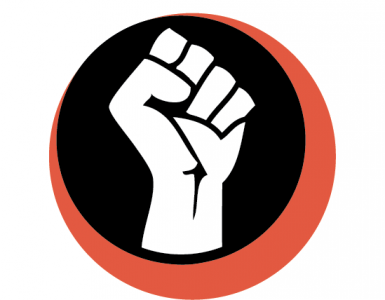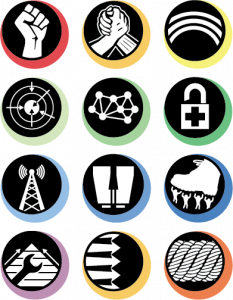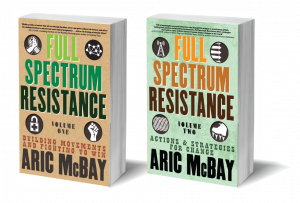How do organizations gather the intelligence and information they need to make smart decisions and understand their adversary’s weak points?
In a nutshell: Good intelligence allows small groups with few resources to defeat larger opponents; resistance movements have specific intelligence needs and ample sources for good information.
| In this chapter: | |
| IRA & Bloody Sunday – The struggle for Irish independence is stymied by the British system of spies, informers, and torture; Michael Collins takes drastic action to “put out the eyes” of the British intelligence system. (p. 405) | |
| The Intelligence Cycle – Information is not intelligence; the intelligence cycle shows us how to convert raw information into something a resistance movement can use. (p. 409) | |
| Direction and Goals – What do we need to know to win? (p. 414) | |
| Collection and Intelligence Sources – Where can movements find that information? (Including human sources, reconnaissance and scouting, open sources, allies, maps, government or private registries and databases, and espionage and social engineering.) (p. 415) | |
| Analyzing Intelligence – Why information is more important, timely, and accurate? How do we separate the good and reliable information from the noise? (p. 428) | |
| Intelligence Packaging and Products – How can we package and share this intelligence? (p. 430) | |
| The man who volunteered for Auschwitz – Early in the Second World War, the Holocaust is happening but the Allies don’t believe the stories they hear; a Polish resister offers himself up for Nazi capture in the hopes of smuggling evidence to the Allies. (p. 435) | |
Movements and groups in this chapter:
Featured: Irish Republican Army. Discussed: George Jackson Brigade, Special Operations Executive, African National Congress, Ruckus Society, Save Our Prison Farms. Mentioned: Irish Republican Brotherhood, Wikileaks, Equal Rights Amendment Campaign.






